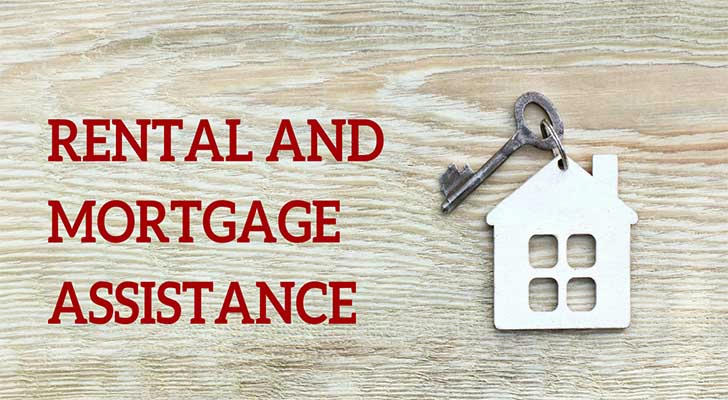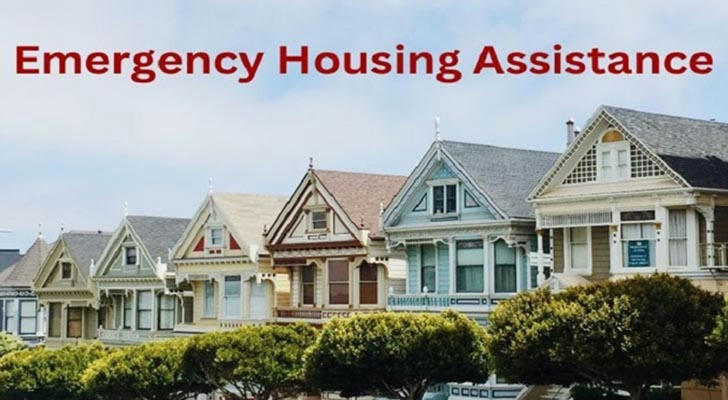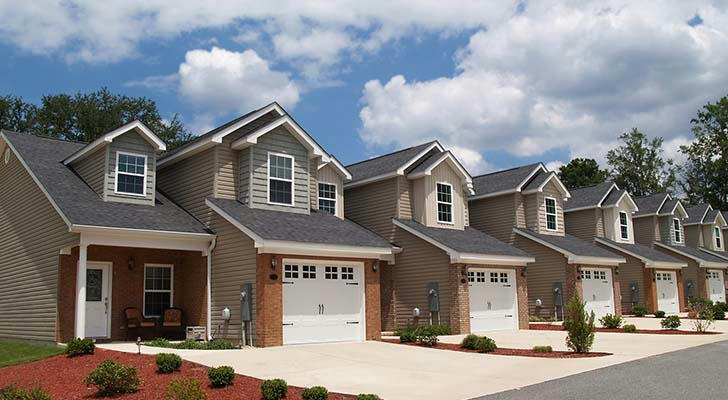Did You Know These Housing Assistance Programs Could Save You Thousands of Dollars?

Housing affordability remains one of the most pressing issues in the United States today. Millions of Americans struggle to keep up with rising rents and home prices, placing significant pressure on household budgets. Fortunately, a range of housing assistance programs exists that—depending on eligibility—can reduce monthly housing costs substantially, saving qualified individuals and families thousands of dollars each year.
The Growing Housing Burden
According to the U.S. Department of Housing and Urban Development (HUD), nearly half of renter households in the U.S. are considered cost-burdened, spending more than 30% of their income on housing. About 10 million households are severely cost-burdened, allocating over 50% of their income to rent and utilities.
These challenges are compounded by market conditions. Data from Rent.com and Zillow show that the average national rent for a one-bedroom apartment exceeded $1,500 in 2024—figures significantly higher in metro areas like New York, Los Angeles, and San Francisco.
Key Housing Assistance Options
Several programs at the federal, state, and local levels aim to ease this burden. While they vary in form and scope, they collectively offer measurable savings and improved housing stability for eligible participants.
1. Housing Choice Voucher Program (Section 8)
Administered by local Public Housing Agencies (PHAs) and funded through HUD, the Housing Choice Voucher Program enables participants to rent in the private market while receiving partial rental support. The tenant typically contributes 30% of their income toward rent, with the remainder covered by the program, subject to payment standards and rent reasonableness guidelines.
Savings Estimate: Depending on location and income, monthly assistance can range from $500 to over $1,000, potentially equating to $6,000–$12,000 annually.
2. Public Housing
Public housing units are owned and operated by PHAs and designed for low-income individuals, seniors, and people with disabilities. Like vouchers, rents are typically set at around 30% of the household’s adjusted monthly income.
This model ensures that rent is always proportionate to income, even in high-rent markets. While fewer units are available compared to vouchers, those who qualify may experience long-term housing stability and substantial financial relief.

3. LIHTC (Low-Income Housing Tax Credit) Properties
While not a direct subsidy for tenants, the LIHTC program encourages developers to build and maintain below-market-rate housing. Tenants who qualify based on income can access apartments priced 20%–40% lower than market averages.
A 2023 Urban Institute analysis found that LIHTC units play a major role in expanding affordable housing, especially in cities where demand far exceeds supply.
Example: In a city where average rent is $1,800, a LIHTC unit may lease for $1,200—yielding annual savings around $7,200.
4. State and Local Rental Assistance Programs
Many cities and states administer their own housing programs. These may include:
• Eviction prevention assistance
• Utility subsidies
• Rental arrears support
• Rapid rehousing initiatives
Some programs are targeted toward specific populations such as seniors, veterans, or individuals with disabilities. Others are broad-based and income-qualified. For example, New York State’s Emergency Rental Assistance Program (ERAP) and California’s local housing authorities offer long-term rent relief for eligible households.
5. Nonprofit & Community-Based Assistance
Beyond government initiatives, many nonprofits provide housing support tailored to their communities. Organizations such as Catholic Charities, Salvation Army, and regional housing collaboratives may offer:
• Temporary rent relief
• Utility bill assistance
• Transitional housing
• Case management
Though the amounts vary, assistance from these programs can be substantial, especially when used to prevent homelessness or displacement.
6. First-Time Homebuyer Support
Several state housing finance agencies offer programs for eligible homebuyers. These include down payment assistance, lower-than-market mortgage rates, and homebuyer education.
While not rental aid per se, such initiatives can reduce the upfront and ongoing costs of owning a home. For example, the Texas State Affordable Housing Corporation (TSAHC) provides down payment loans that can ease entry into homeownership by offsetting initial costs by $5,000–$15,000 depending on location and income level.

Who Qualifies?
Eligibility varies by program but is typically based on:
• Household income (relative to Area Median Income, or AMI)
• Household size
• Residency status
• Special status (e.g., seniors, veterans, persons with disabilities)
HUD publishes updated income limits annually by region. For many programs, income thresholds fall between 30% and 80% of AMI.
How to Apply
Each program has its own application process. Generally, applicants should:
• Contact their local Public Housing Agency
• Gather documentation on income, assets, household composition
• Check for open waitlists or pre-application periods
• Monitor program websites for deadlines or changes
The HUD Resource Locator is a helpful tool for identifying local housing offices and available programs.
Final Thoughts
For millions of Americans, housing assistance programs serve as a lifeline to affordability and stability. While navigating the application process may take time and effort, the financial savings can be significant—often reaching thousands of dollars annually.
Whether through public housing, vouchers, state-level support, or nonprofit services, these programs are worth exploring by those struggling with high housing costs. Staying informed and taking the time to apply can make a lasting difference in long-term financial well-being and housing security.
